We got up pretty early in the morning to take a walk and explore the area around our hotel. It was just next to the waterfront! Nothing much to see though, it was more of a port than a beach. Its a really quiet and laidback town, you don't see people walking at insanely fast speeds like you see in big cities such as Tokyo, even though it was supposed to be rush hour. The trams were packed though.
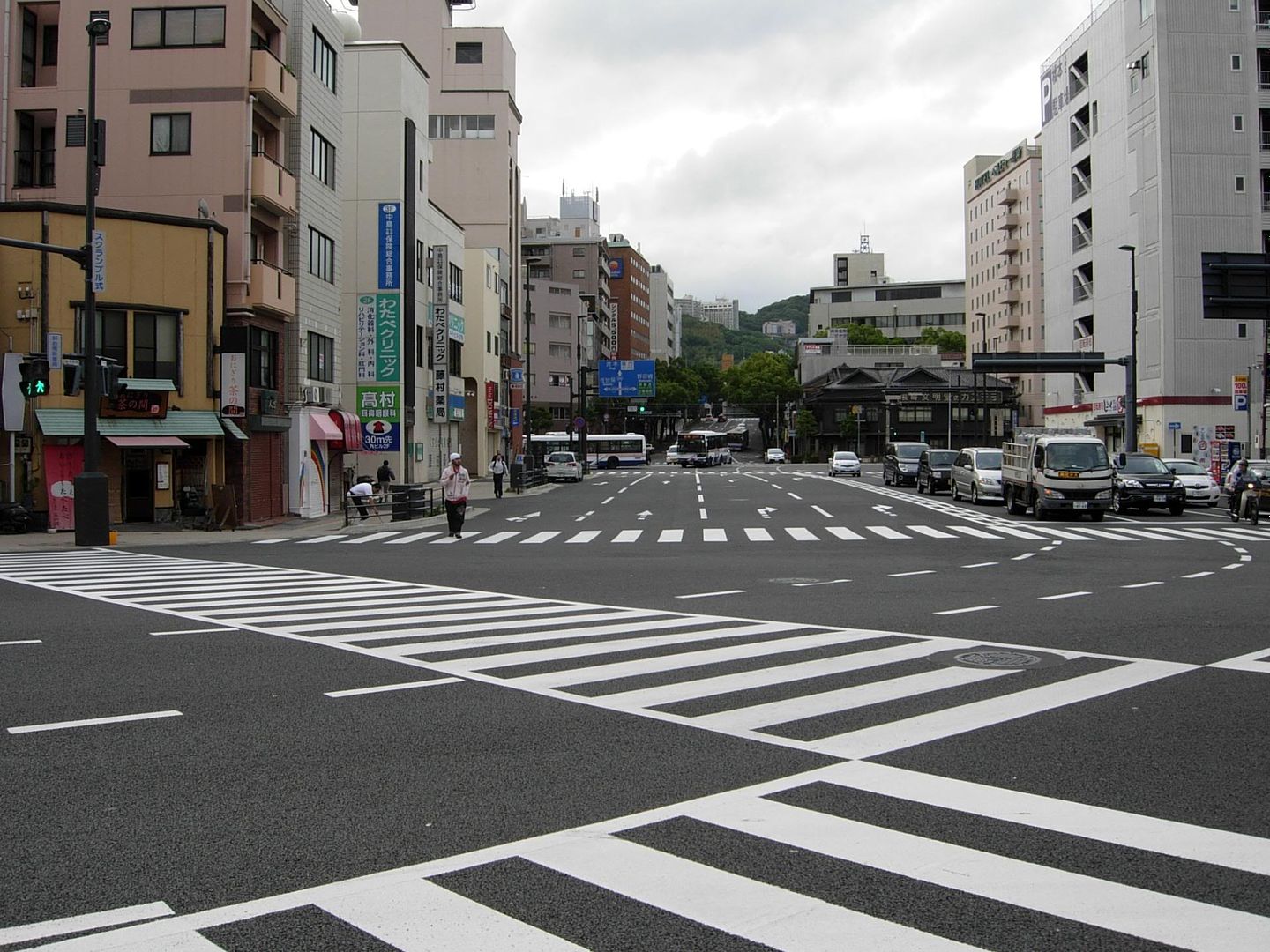
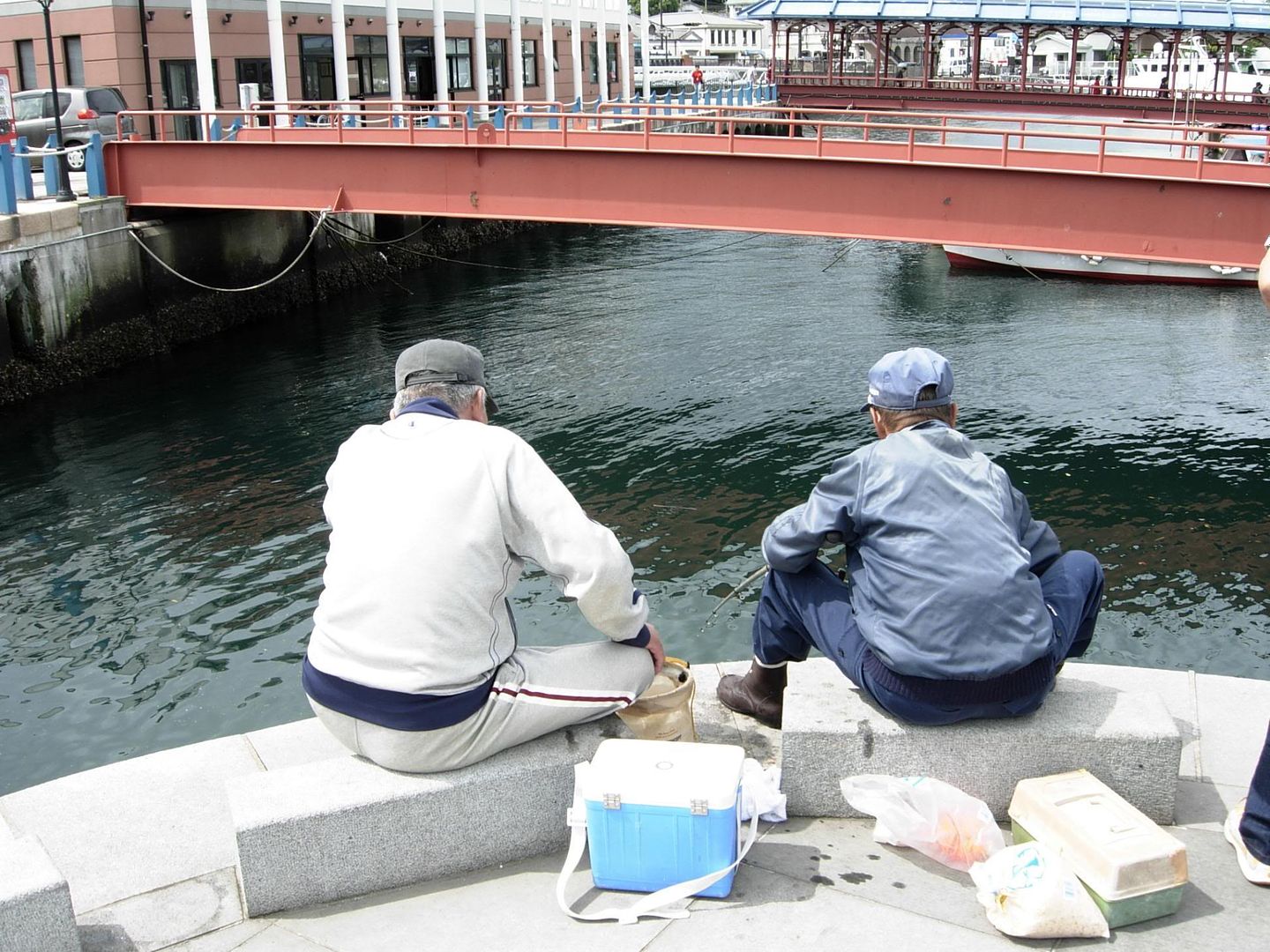
2 Oji-sans fishing. The waters there were filled with jellyfish! Must be the warm weather that's causing the population boom.
Anyhow, we took a packed tram to the main tourist attraction in Nagasaki, the Peace Park, located around the site where the atomic bomb exploded that fateful day in 1945. There were many school children going to the Peace Park as well, class excursion day, perhaps?
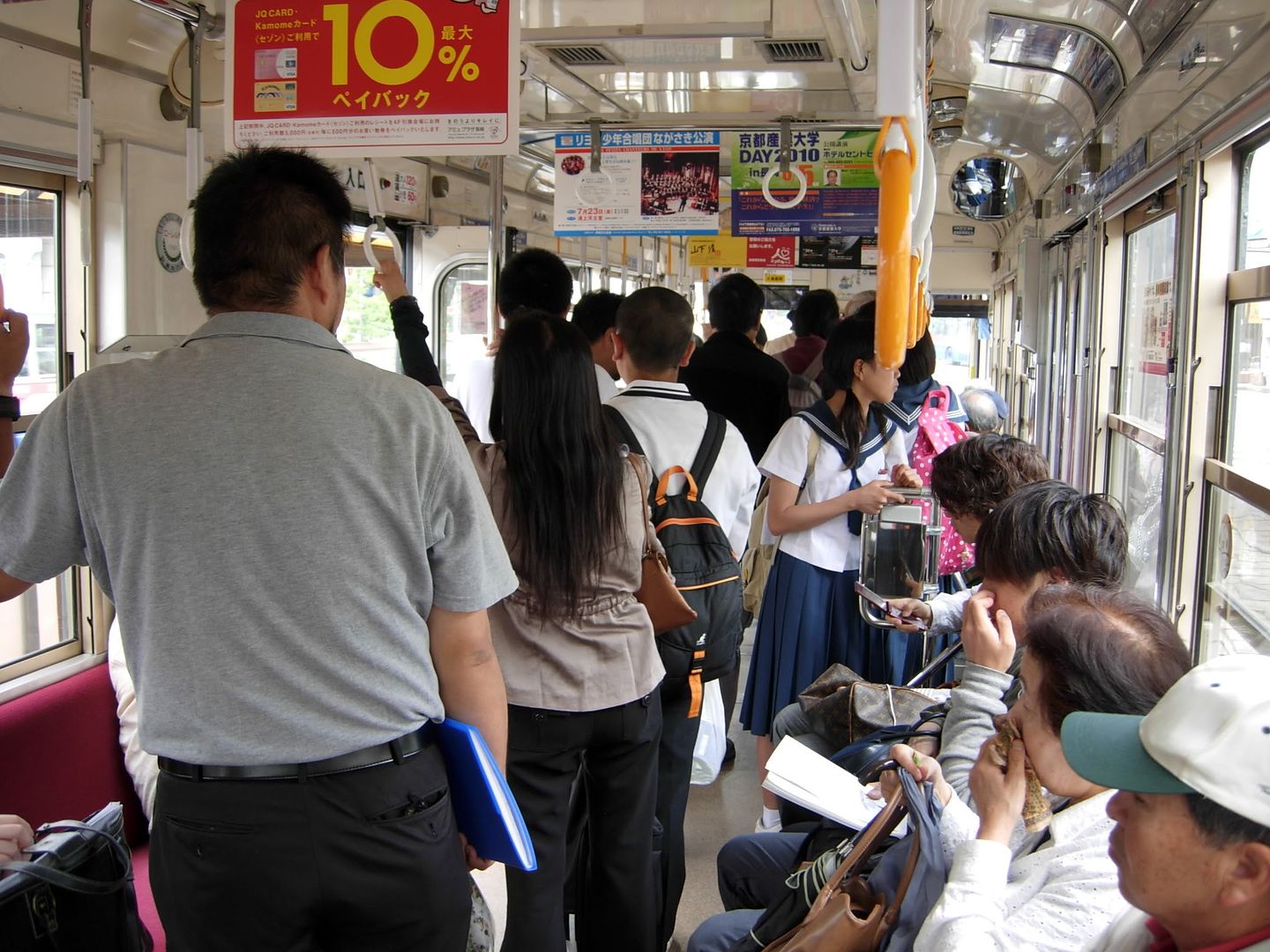
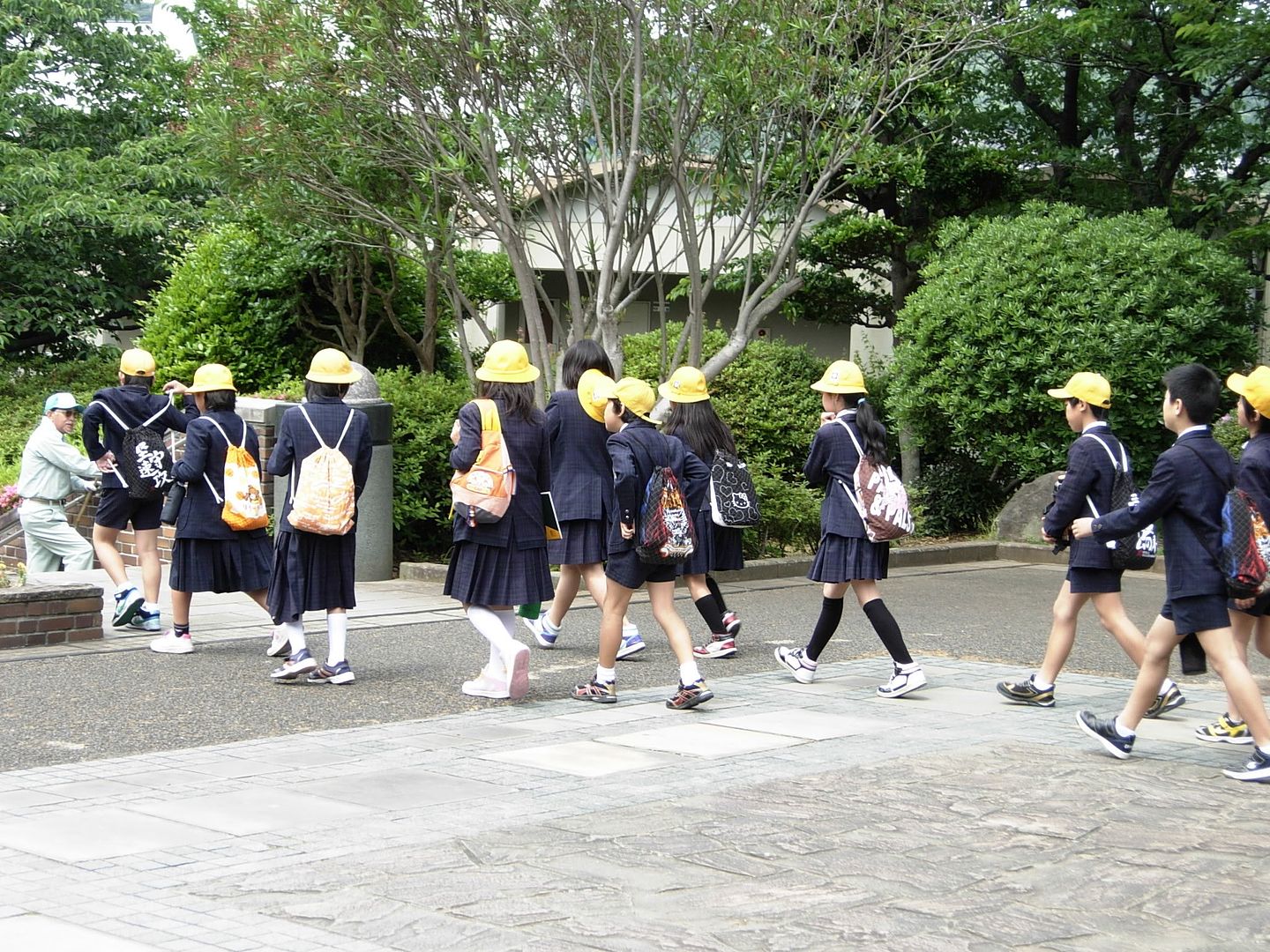
Elementary school students with their distinctive yellow caps! Makes it easier for their teachers to spot them I guess, especially outside school.

It was insanely crowded within the Peace Park, with most of the crowd consisting of students from various elementary, junior high and even high school students. As we walked closer, the purpose became clearer - Class photographs! Perhaps it was custom for the schools in Nagasaki to take their class pictures in front of the Peace statue.
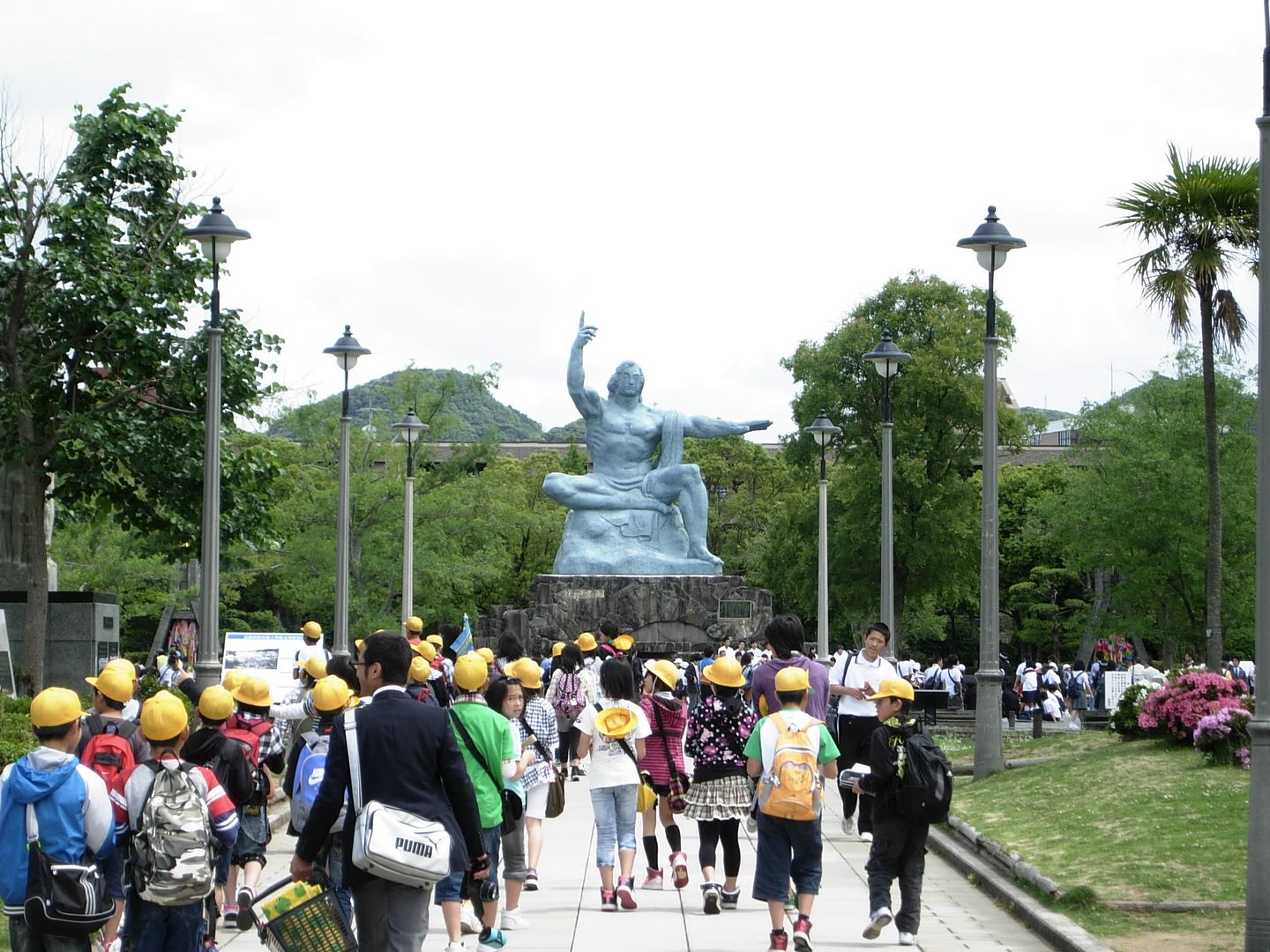

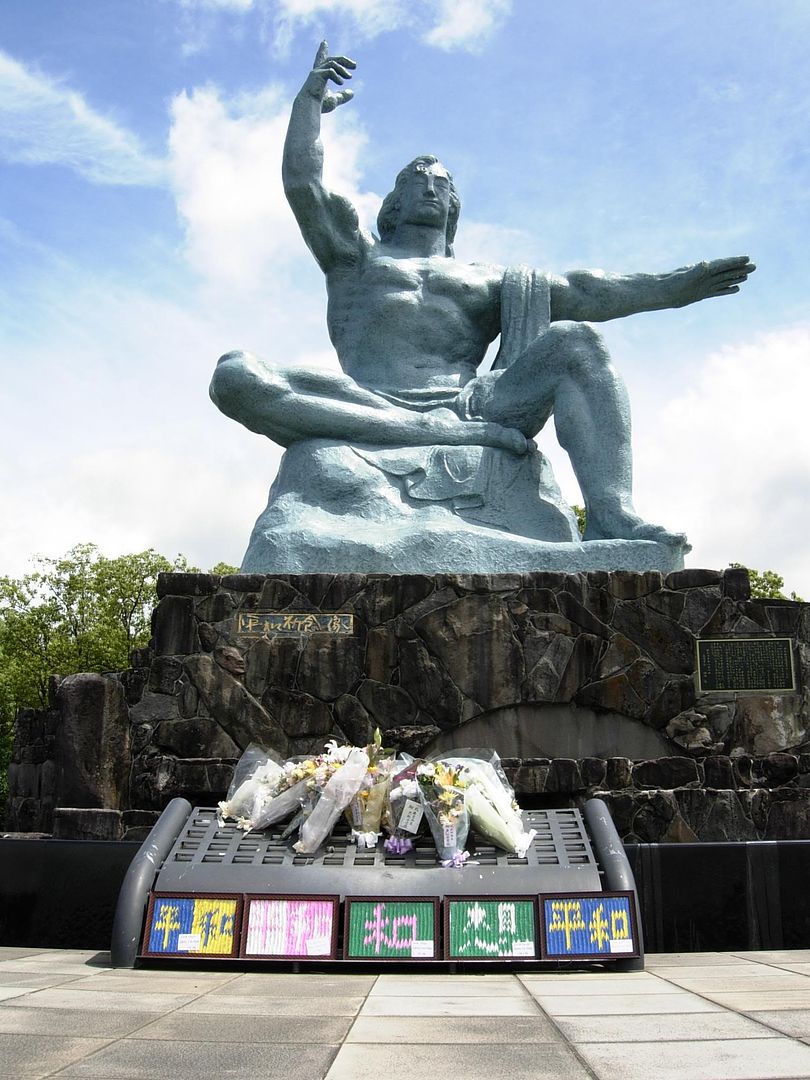
The Peace Statue. To quote Wikipedia, "The statue's right hand points to the threat of nuclear weapons while the extended left hand symbolizes eternal peace. The mild face symbolizes divine grace and the gently closed eyes offer a prayer for the repose of the bomb victims' souls. The folded right leg and extended left leg signify both meditation and the initiative to stand up and rescue the people of the world. Installed in front of the statue is a black marble vault containing the names of the atomic bomb victims and survivors who died in subsequent years."
Flanking the statue were two towers which held ribbons and ribbons of colourful origami cranes signifying peace, with the cranes folded by students from all over Japan.
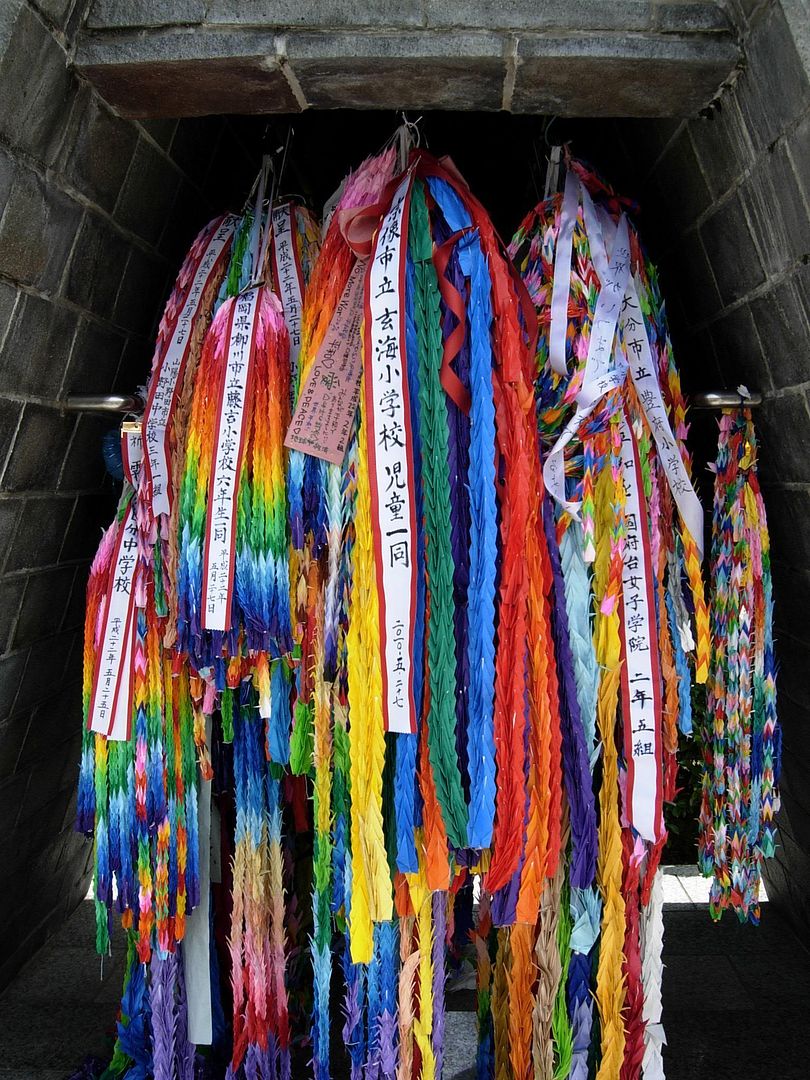
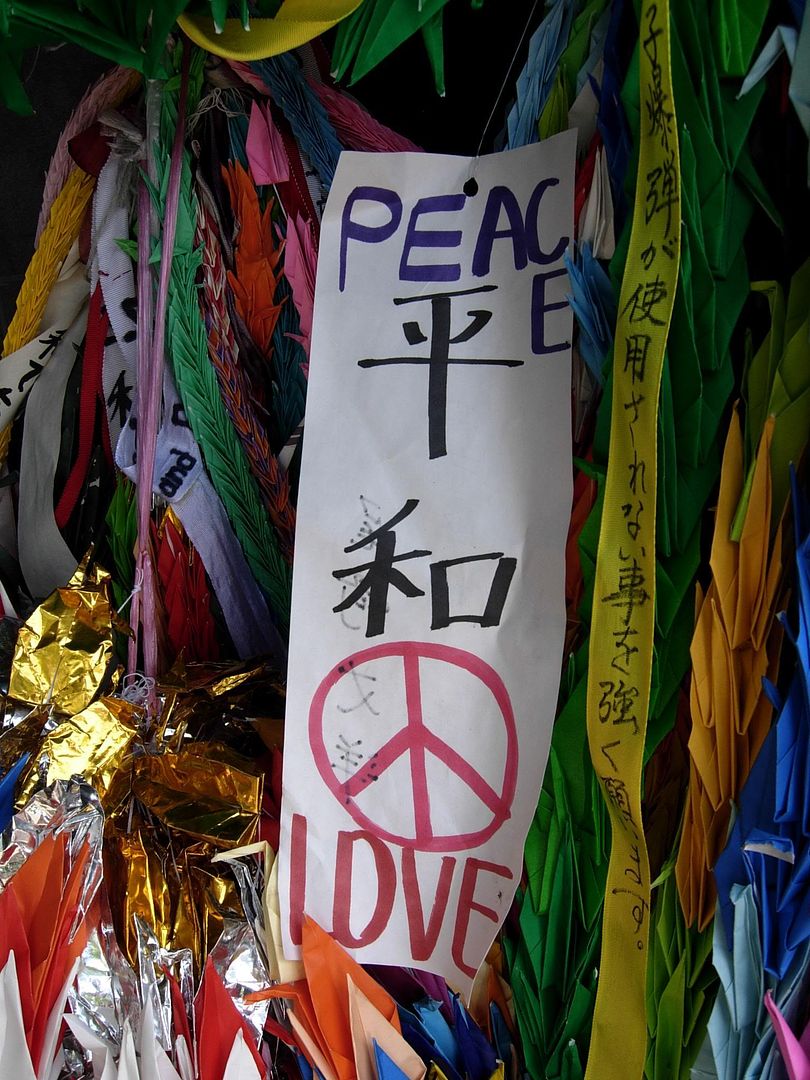
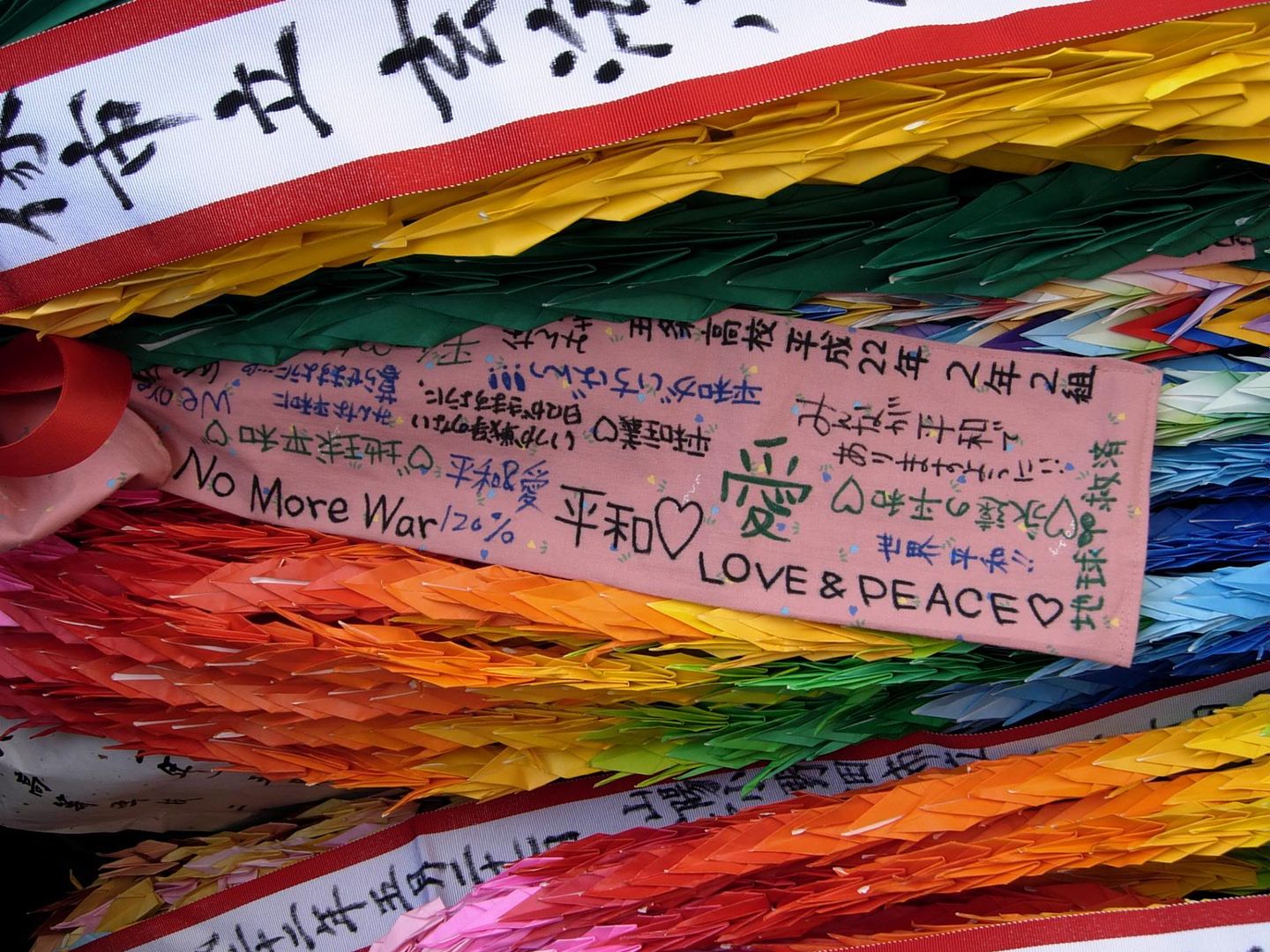
Love and Peace. Two very simple, overused words, and yet mankind hasn't achieved either.
Next to the Peace Park was another park located at the exact hypocentre of the explosion - Ground Zero. The bomb "Fat Man" exploded directly above the black monolith you see in the photograph below.
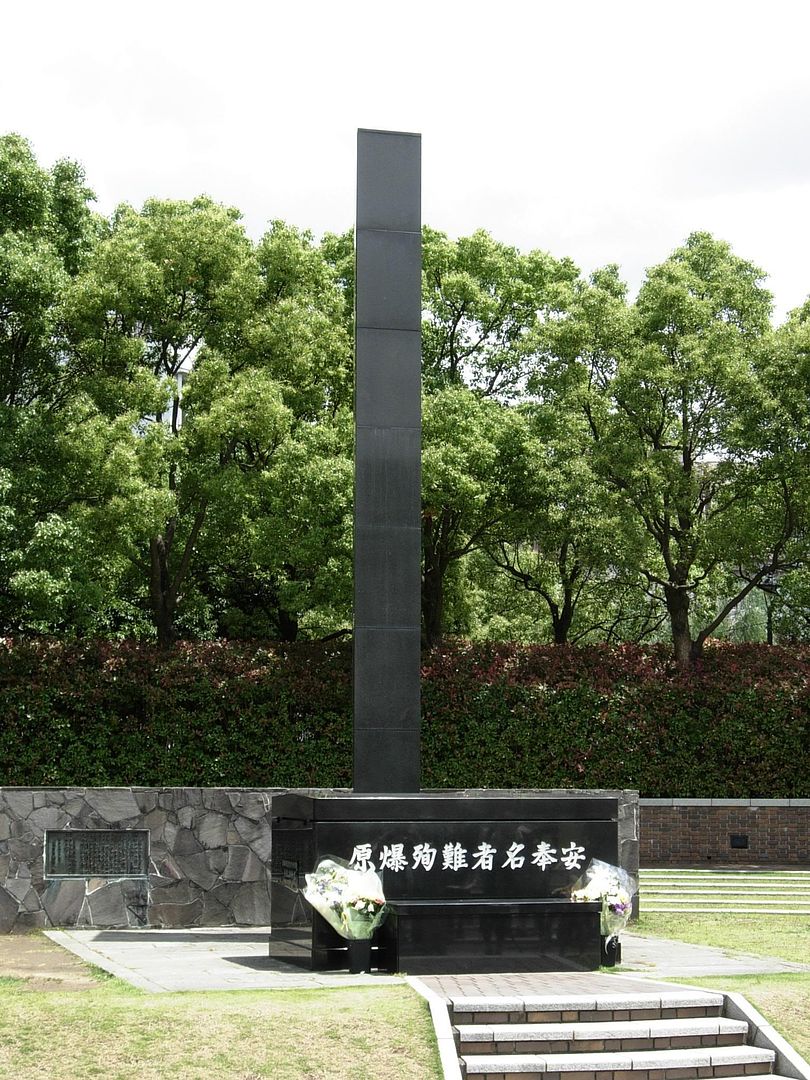

A statue with the exact date and time of the explosion - "9th August 1945, 11:02p.m"
We visited the memorial museum chronicling the events leading up to the dropping of the "Fat Man" as well as detailing the aftermath that followed. It was a solemn and sober experience. All along we were taught that the dropping of the bombs signified the end of WWII (which in a perverse way was supposed to mean a good thing), but no one really bothered to tell us of the horrors that followed the explosions. Was it really the "price of peace"?
I could tell that some of the schoolkids weren't really interested in it, they were busy with looking for answers to their excursion quizzes. Reminds me of my school visits to Kampong Glam and Little India :P
It wasn't the best way to end a trip to the Peace Park, feeling all depressed. Luckily we ran into a cheery Oba-chan selling sorbet, who gamely posed for a photograph.
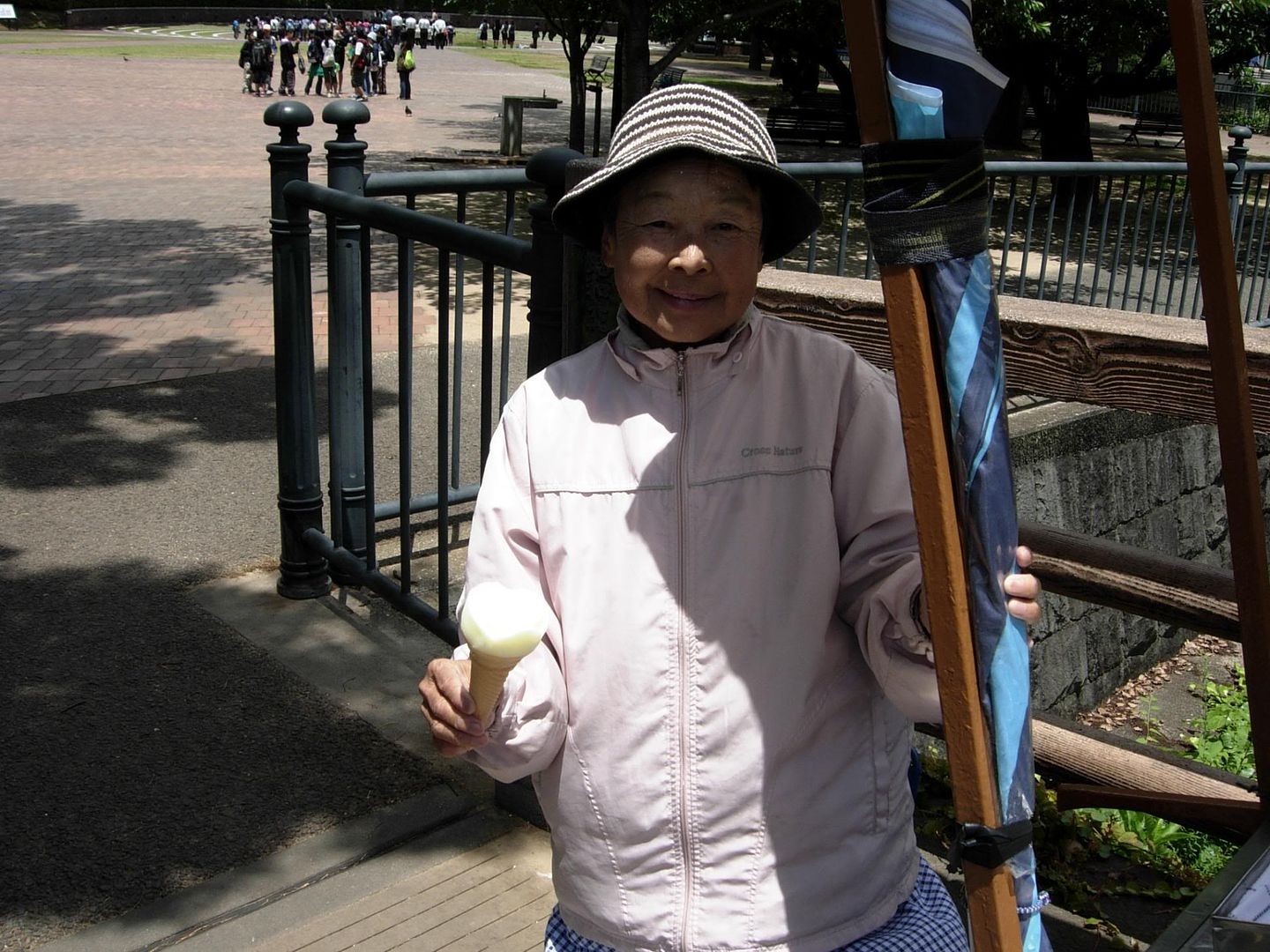
I then proceeded to contribute an origami crane to the pile.

Can you guess which one it was? Hint: I didn't have pretty origami paper with me, so I made do with a crude tourist map. On the way out we spotted a large group of schoolkids singing a memorial song I presumed, in front of the monolith, guided by their teachers and the park guides.
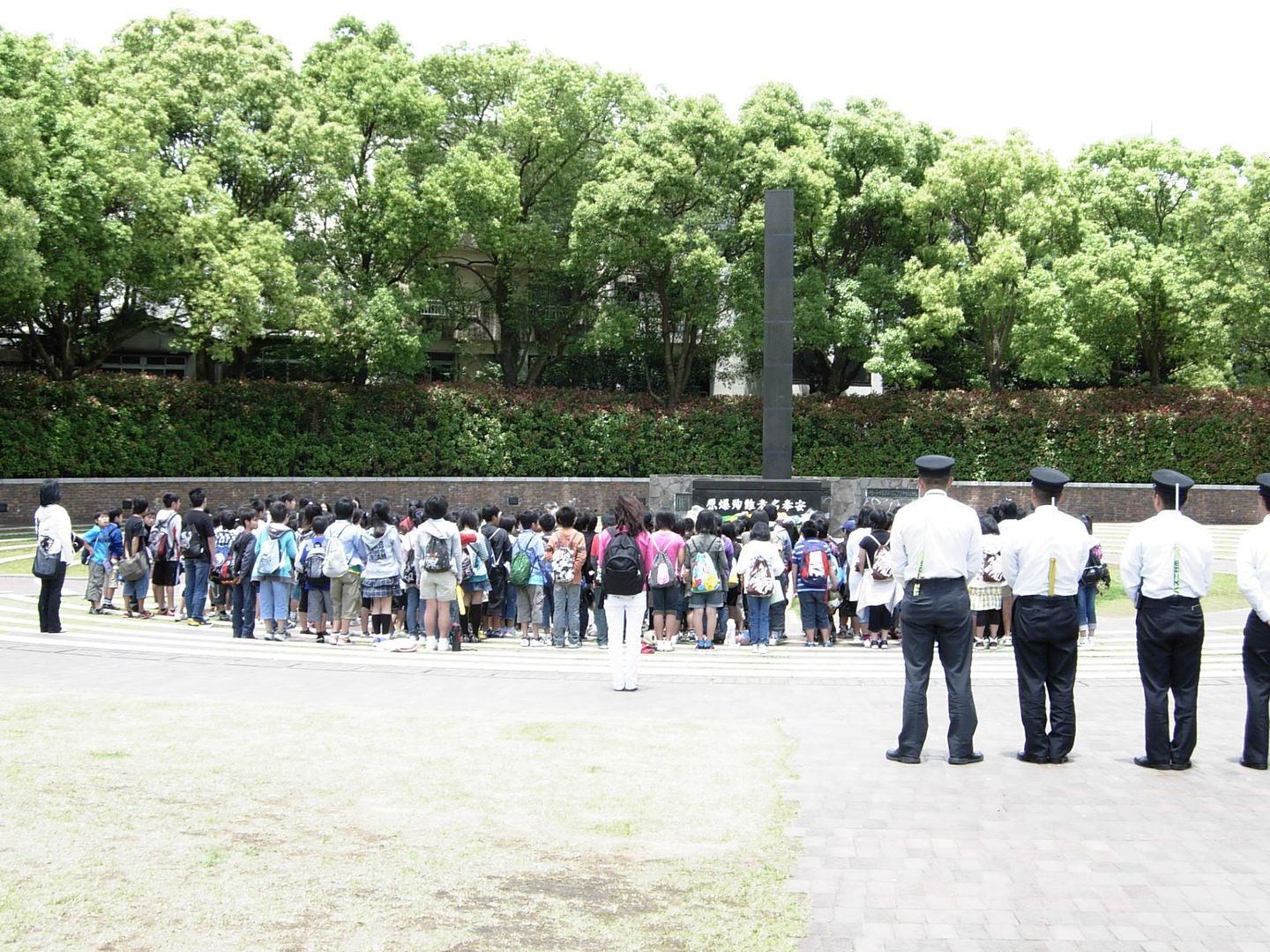
We headed back to Nagasaki Station for lunch and some shopping. I spotted a "Solanin" poster - it was still showing in cinemas over there. I nearly went and bought tickets, but I realised they wouldn't include subtitles for the movie.
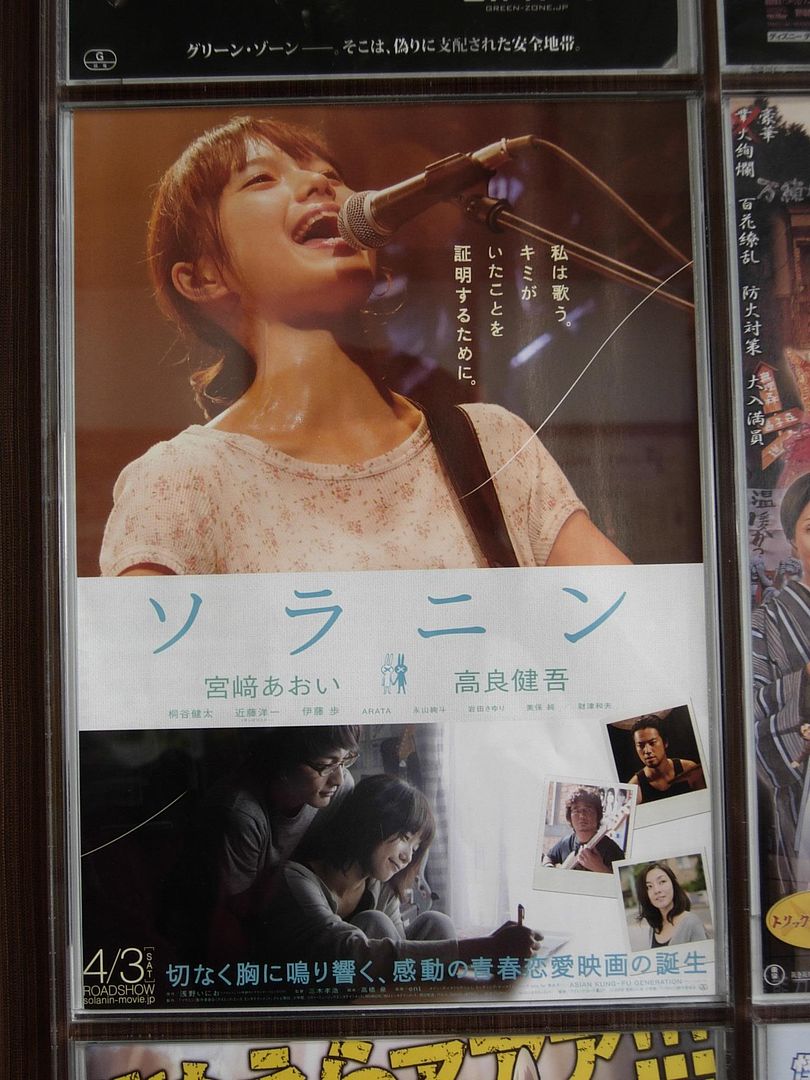

I stumbled upon a music shop with a HUGE range of guitars and basses. I could have stayed there the whole day, trying out every single one, but time constraints (damn).
We went up this Dutch Slope next to our hotel, supposedly with rows of Western style housing, but all I saw were over-commercialised shops all the way to the top of the hill. Ah well, tourist trap.
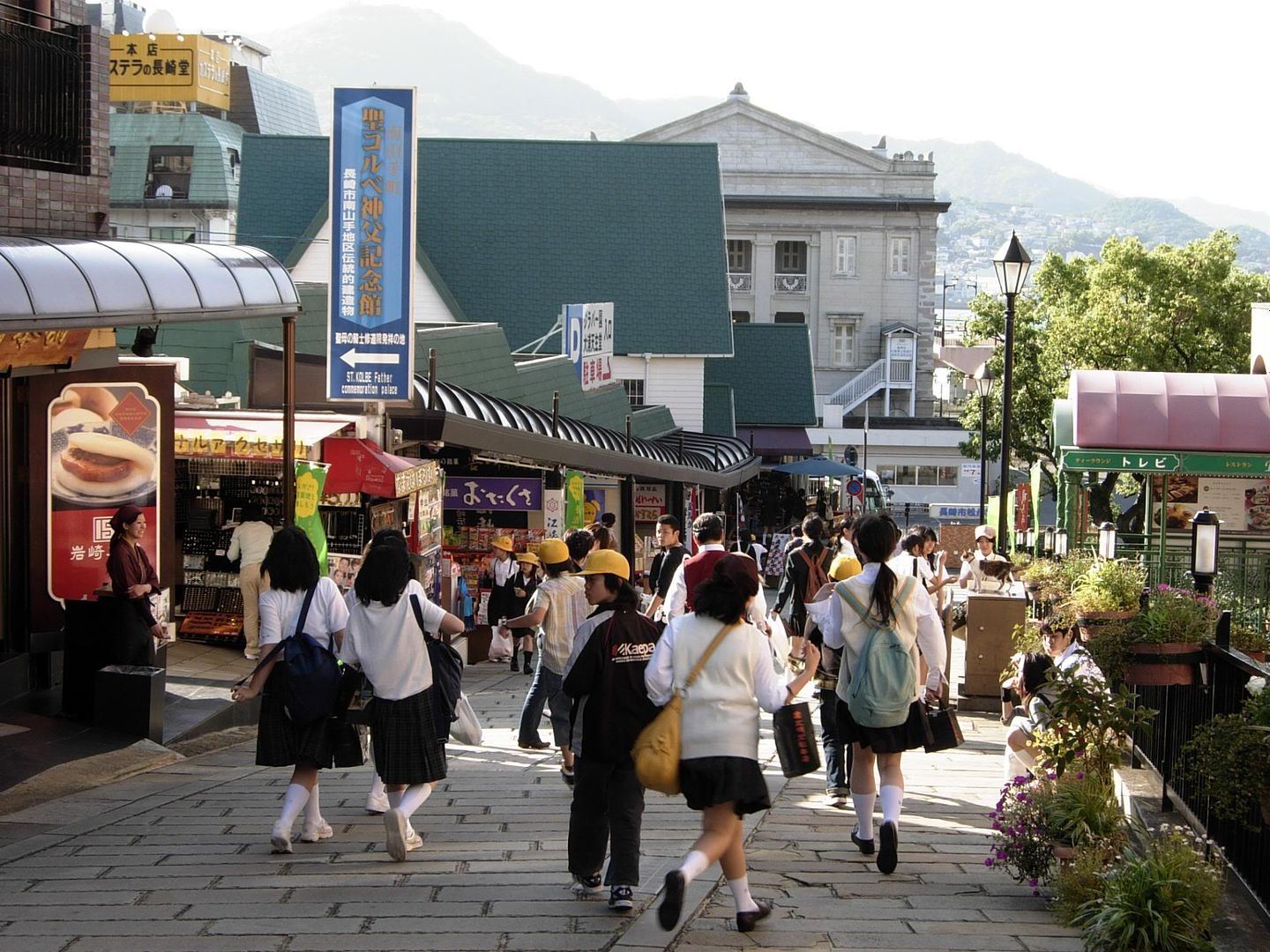
We decided to walk to Nagasaki's Chinatown, and along the way I passed by a school filled with activity, even though it was past 6pm already. Apart from the various sports being played, the air was filled with the sounds of a brass band. Really reminds me of my school days, having CO practice until late in the evening.
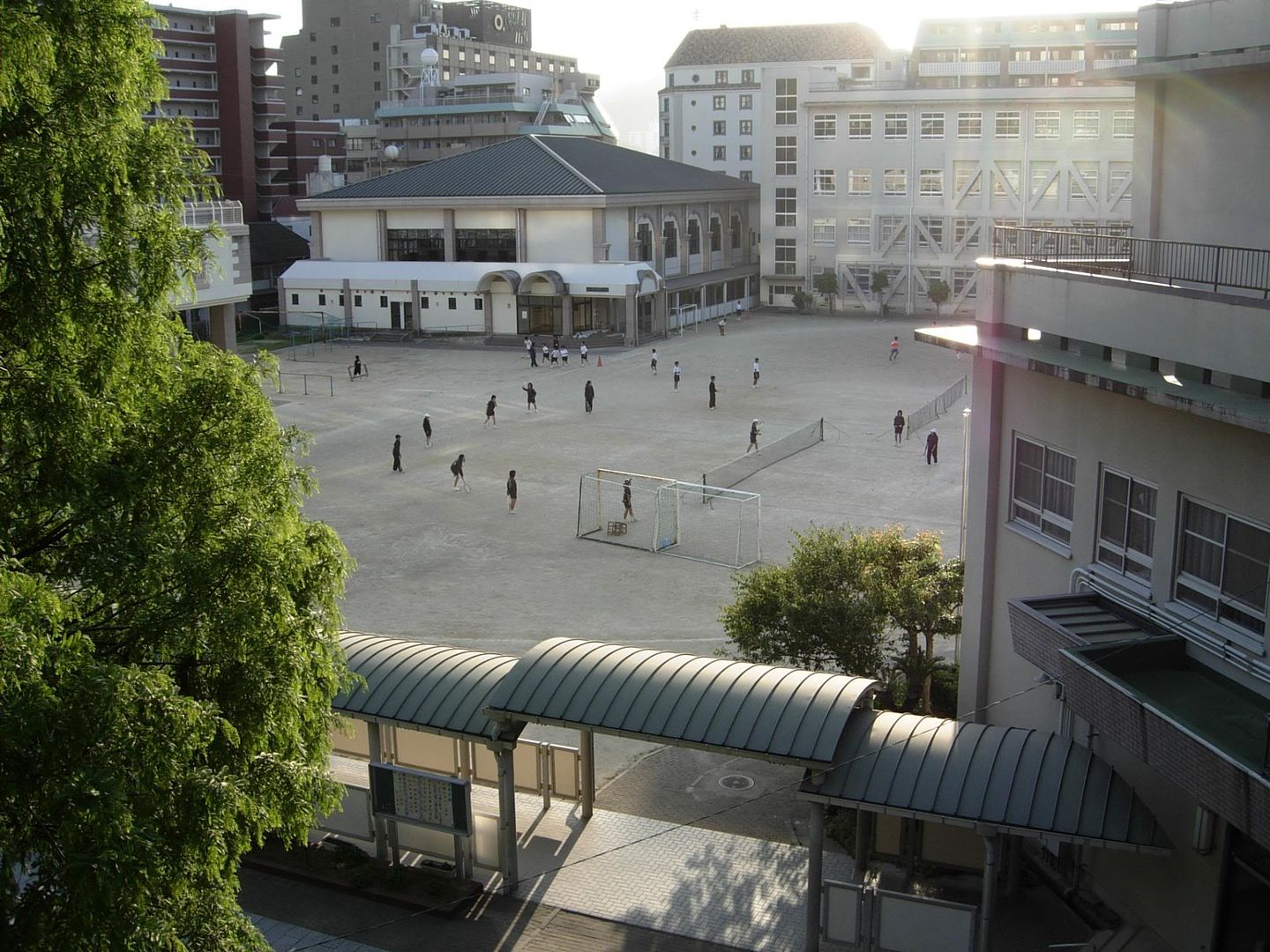
Pre-dinner snack was takoyaki, bought from the rear of a mini-van. Its so true when they say the best foods come from the unlikeliest of places.
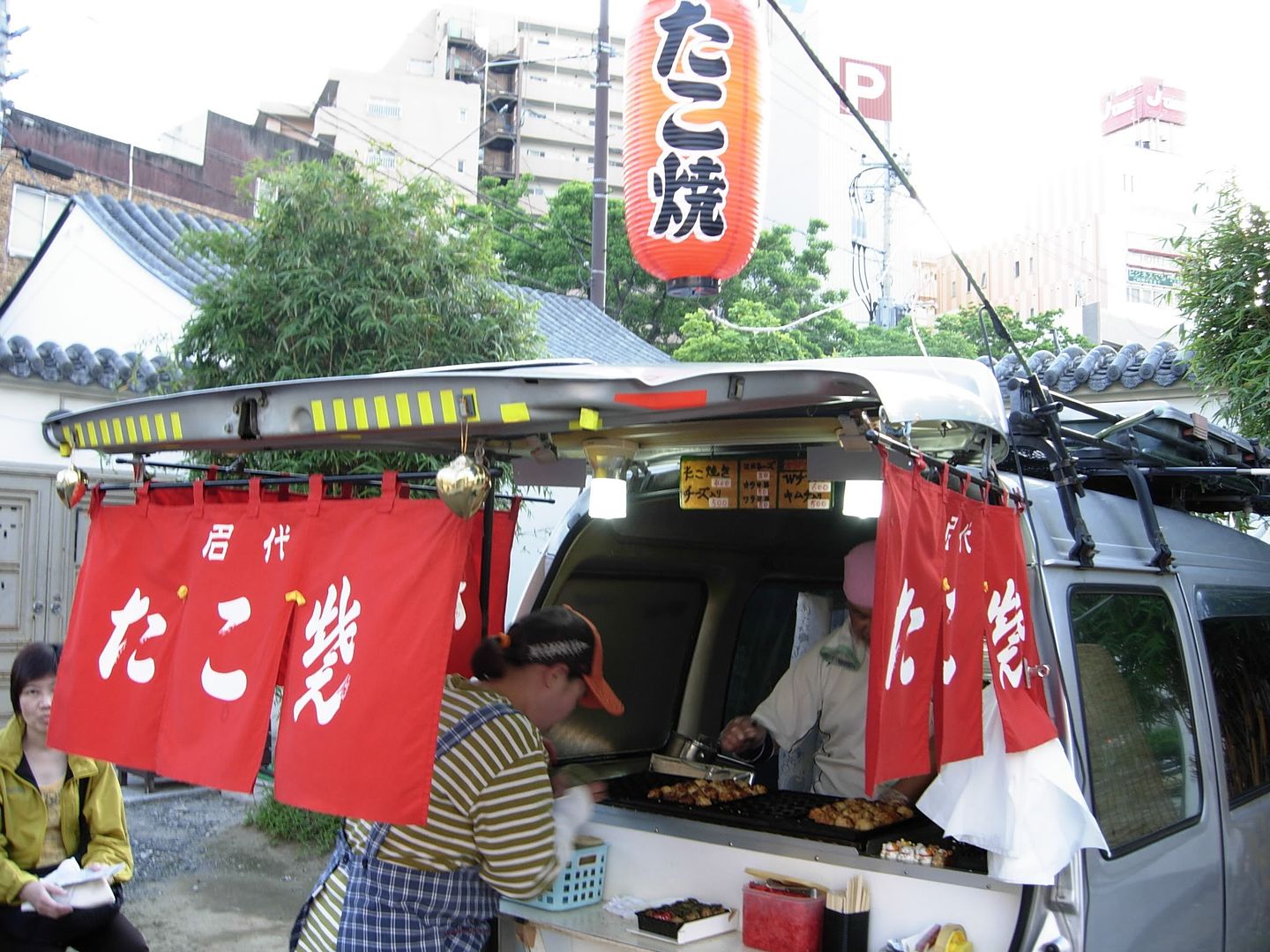
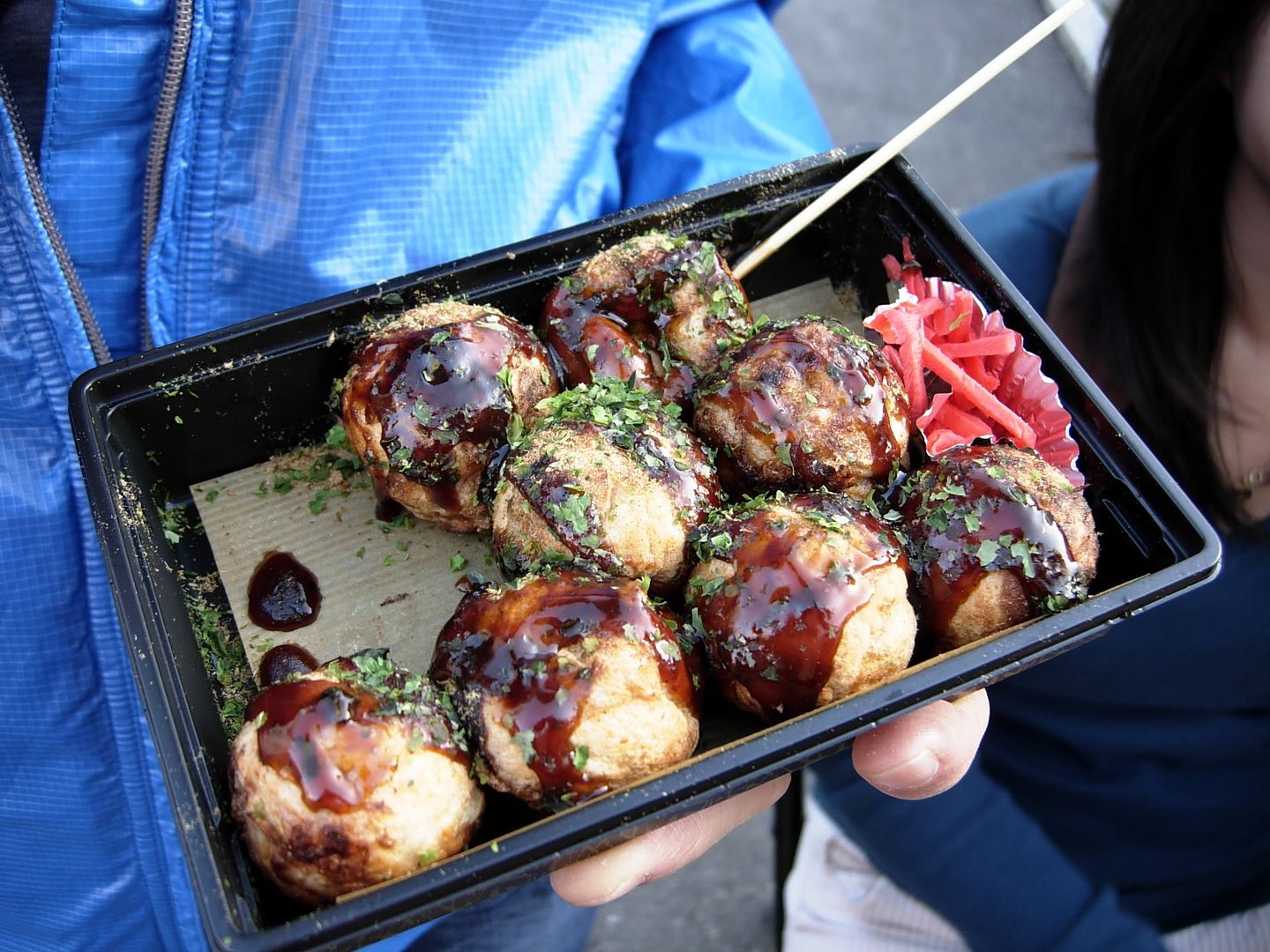
Not as great as the ones I tried in Osaka, but damn it could beat any takoyaki from Singapore anytime.
Chinatown in Nagasaki was really small, and it mostly consisted of rows and rows of Chinese restaurants. Not really interesting, but we found a small shop selling dried goods like seaweed and mushrooms. We bought a large pack of seaweed, and the friendly owner started talking to us, assuming we were Japanese. Using our limited Japanese me and my dad managed to carry the conversation for a few seconds before she realised we were tourists (lol).
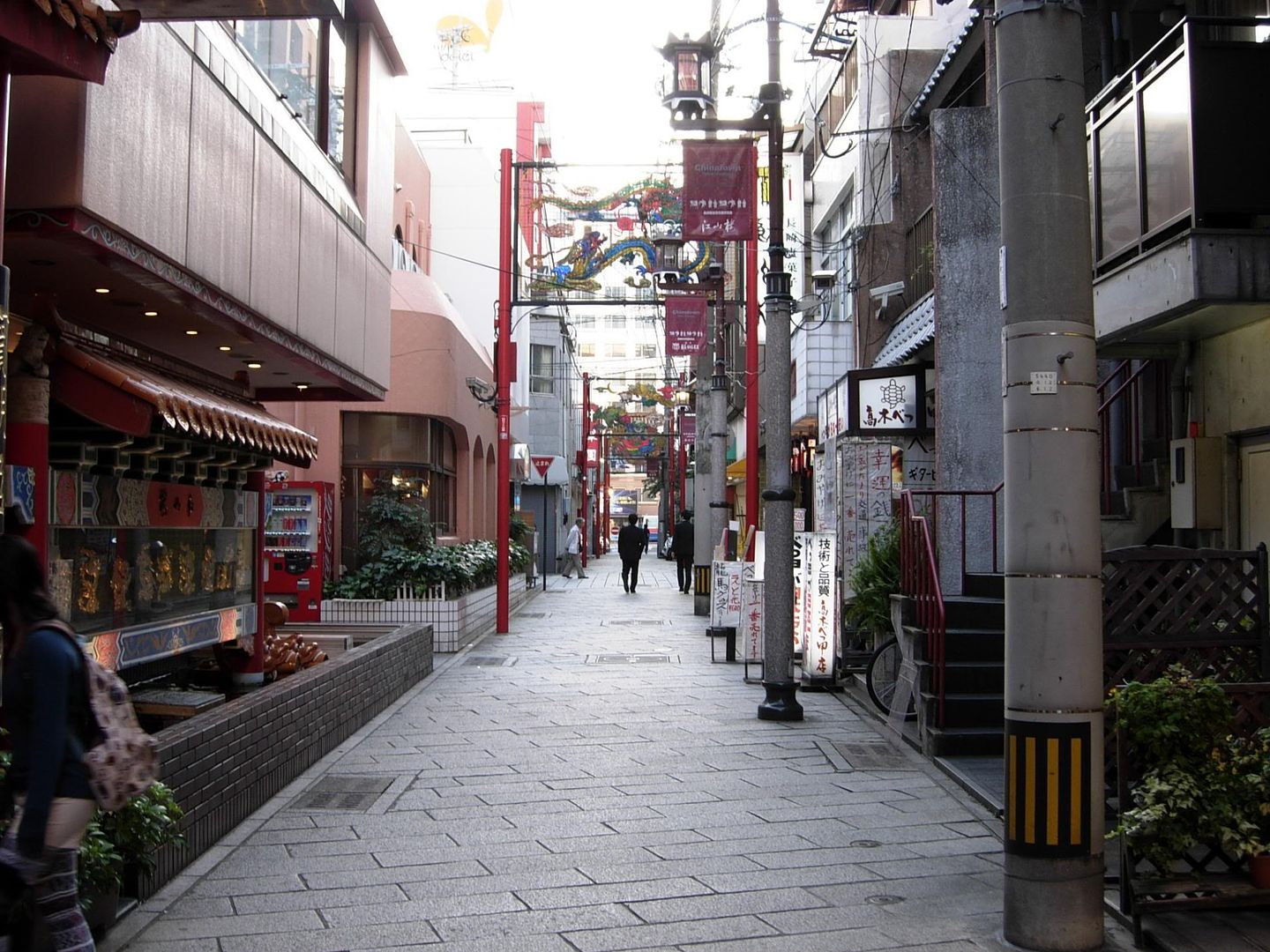
The chinese food we had wasn't special, but it tasted great. Perhaps it helped that the restaurant was empty at the time. The waitress was a Chinese national, but her Japanese was really fluent!
And so we spent our last night in Nagasaki, a city of diverse backgrounds, Japan's portal to the world (well, mostly China and Korea) back in the old days. And no other way than to have Chinese food in a city with so much foreign influences.
No comments:
Post a Comment